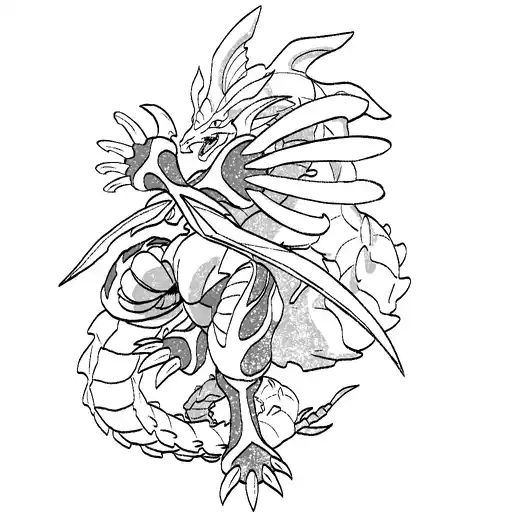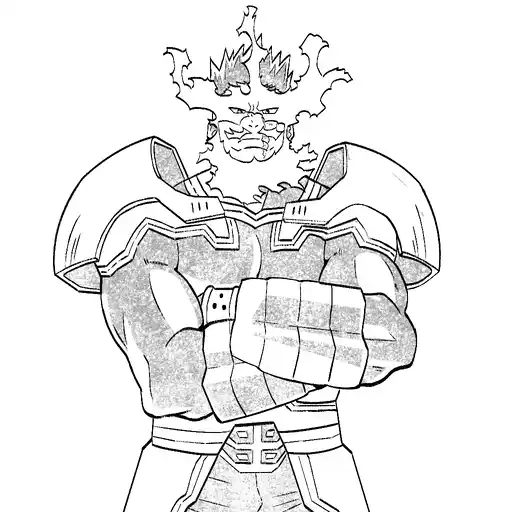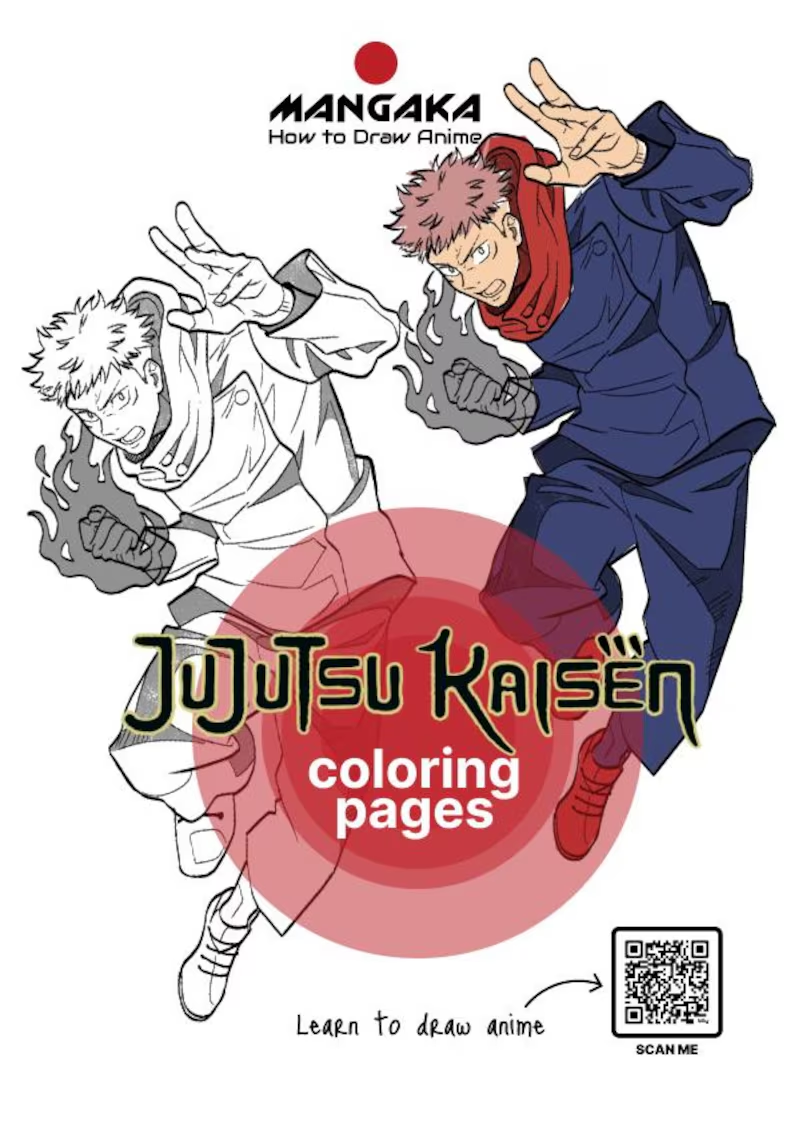- Introduction: Rediscovering Romance in “First Love, Worst Love!”
- Background and Context: The Evolution of Romantic Manga
- Main Insights: Unpacking the Themes of “First Love, Worst Love!”
- Challenges and Opportunities: Navigating Love in the Modern World
- Future Outlook: The Global Influence of Romantic Manga
- Conclusion: The Timeless Appeal of “First Love, Worst Love!”
Introduction: Rediscovering Romance in “First Love, Worst Love!”
In the realm of manga, love stories often captivate readers with their emotional depth and relatable narratives. Kodansha’s latest English addition, “First Love, Worst Love!” (also known as “Yori-kun to Yori o Modosu Wake ni wa!”) by Sumio Hataya, is no exception. This charming series promises to take readers on a rollercoaster of emotions, blending humor, nostalgia, and the complexities of rekindled love. As Kodansha’s K MANGA service brings this delightful tale to English-speaking audiences, we delve into the nuances of its storyline and its cultural significance in the broader anime and manga landscape.
At the heart of “First Love, Worst Love!” lies the story of Hatsuho, a college freshman who moves to Tokyo with dreams of a vibrant student life. However, her plans take an unexpected twist when she discovers her new neighbor is none other than her ex-boyfriend from junior high—a relationship that ended on an awkward note. As Hatsuho navigates this complicated dynamic, readers are invited to explore themes of love, personal growth, and the lingering impact of past relationships.
With its engaging plot and relatable characters, “First Love, Worst Love!” is set to resonate with manga enthusiasts worldwide. This article unpacks the cultural elements of the series, providing insights into its narrative depth and exploring how it reflects contemporary themes in Japanese society. Join us as we embark on a journey through the world of “First Love, Worst Love!” and uncover the layers of romance, humor, and life lessons embedded within this captivating manga.
Background and Context: The Evolution of Romantic Manga
Romantic manga has long been a beloved genre among Japanese readers, offering a window into the intricacies of human relationships. The genre’s evolution reflects changing societal norms and attitudes towards love and romance. From the classic tales of high school sweethearts to more complex stories exploring adult relationships, romantic manga continues to evolve, capturing the hearts of readers across generations.
“First Love, Worst Love!” is a testament to this evolution, blending traditional themes with modern sensibilities. It draws inspiration from the shojo manga tradition, characterized by its focus on emotional narratives and character development. Shojo manga, primarily targeted at young women, often explores themes of love, friendship, and personal growth, making it a fitting backdrop for Hatsuho’s story.
The series also taps into the universal appeal of second chances and unfinished business. The trope of rekindled romance is a familiar one, yet “First Love, Worst Love!” approaches it with a fresh perspective, highlighting the awkwardness and humor inherent in reconnecting with a past love. This exploration of past relationships and personal growth resonates with readers, offering a relatable narrative that transcends cultural boundaries.
Kodansha’s decision to bring “First Love, Worst Love!” to English-speaking audiences reflects the growing global interest in diverse manga stories. As the anime and manga industry continues to expand internationally, series like “First Love, Worst Love!” play a crucial role in introducing readers to the rich tapestry of Japanese storytelling and its cultural nuances.
Main Insights: Unpacking the Themes of “First Love, Worst Love!”
The Complexity of Rekindled Romance
At its core, “First Love, Worst Love!” delves into the complexities of rekindled romance. Hatsuho’s unexpected reunion with her ex-boyfriend sets the stage for a narrative filled with tension, humor, and introspection. The series explores the challenges of navigating past emotions while forging a new path forward, offering readers a glimpse into the multifaceted nature of love.
Hatsuho’s journey is marked by moments of self-discovery and growth. As she grapples with her feelings for her ex-boyfriend, readers are invited to reflect on their own experiences with past relationships and the impact they have on personal development. The series captures the bittersweet nature of love, highlighting the importance of communication, forgiveness, and understanding.
Humor as a Narrative Tool
One of the standout features of “First Love, Worst Love!” is its use of humor to navigate complex emotional terrain. The series balances moments of tension with comedic interludes, offering readers a lighthearted take on the challenges of love and relationships. This blend of humor and romance makes the series accessible and enjoyable, providing a refreshing perspective on familiar themes.
The comedic elements of “First Love, Worst Love!” are skillfully woven into the narrative, enhancing character interactions and adding depth to the story. By infusing humor into the romantic plot, the series avoids becoming overly dramatic, instead offering a balanced portrayal of love’s ups and downs.
Cultural Reflections in Manga
“First Love, Worst Love!” offers a window into contemporary Japanese culture, reflecting societal attitudes towards love, relationships, and personal growth. The series captures the essence of modern urban life in Japan, with its setting in Tokyo providing a backdrop for Hatsuho’s adventures. This cultural context adds richness to the narrative, offering readers insights into the daily lives and challenges faced by young adults in Japan.
The manga’s exploration of themes like love, friendship, and self-discovery resonates with readers worldwide, highlighting the universal nature of these experiences. By weaving cultural elements into the story, “First Love, Worst Love!” transcends cultural boundaries, inviting readers from diverse backgrounds to connect with its characters and themes.
Challenges and Opportunities: Navigating Love in the Modern World
Overcoming Misunderstandings
One of the challenges faced by characters in “First Love, Worst Love!” is overcoming misunderstandings and miscommunication. These hurdles are common in romantic relationships, and the series offers insights into how they can be navigated with patience and empathy. By addressing these challenges, the manga provides readers with valuable lessons on effective communication and conflict resolution.
Embracing Personal Growth
“First Love, Worst Love!” also highlights the opportunities for personal growth that arise from navigating complex relationships. Hatsuho’s journey is one of self-discovery, as she learns to balance her past and present emotions. This theme of personal growth is a central element of the series, encouraging readers to embrace change and learn from their experiences.
Future Outlook: The Global Influence of Romantic Manga
As the popularity of manga continues to grow worldwide, series like “First Love, Worst Love!” play a pivotal role in shaping the global perception of Japanese storytelling. The series’ blend of romance, humor, and cultural insight offers a unique perspective that resonates with readers across cultures. As more manga stories are adapted for international audiences, the influence of romantic manga is set to expand, contributing to a greater understanding and appreciation of diverse narratives.
Conclusion: The Timeless Appeal of “First Love, Worst Love!”
“First Love, Worst Love!” captures the timeless appeal of romantic manga, offering readers a compelling narrative filled with humor, emotion, and cultural insight. As Hatsuho navigates the complexities of love and personal growth, readers are invited to reflect on their own experiences and the lessons learned along the way. Through its engaging storyline and relatable characters, “First Love, Worst Love!” transcends cultural boundaries, inviting audiences worldwide to explore the intricacies of love and relationships.
In conclusion, “First Love, Worst Love!” is a testament to the enduring power of romantic storytelling. Its themes of love, humor, and personal growth resonate with readers, offering a fresh perspective on familiar tropes. As the series continues to captivate audiences, it serves as a reminder of the universal nature of love and the enduring appeal of manga as a storytelling medium. Whether you’re a seasoned manga enthusiast or a newcomer to the genre, “First Love, Worst Love!” offers a delightful journey into the world of romance, humor, and self-discovery.





